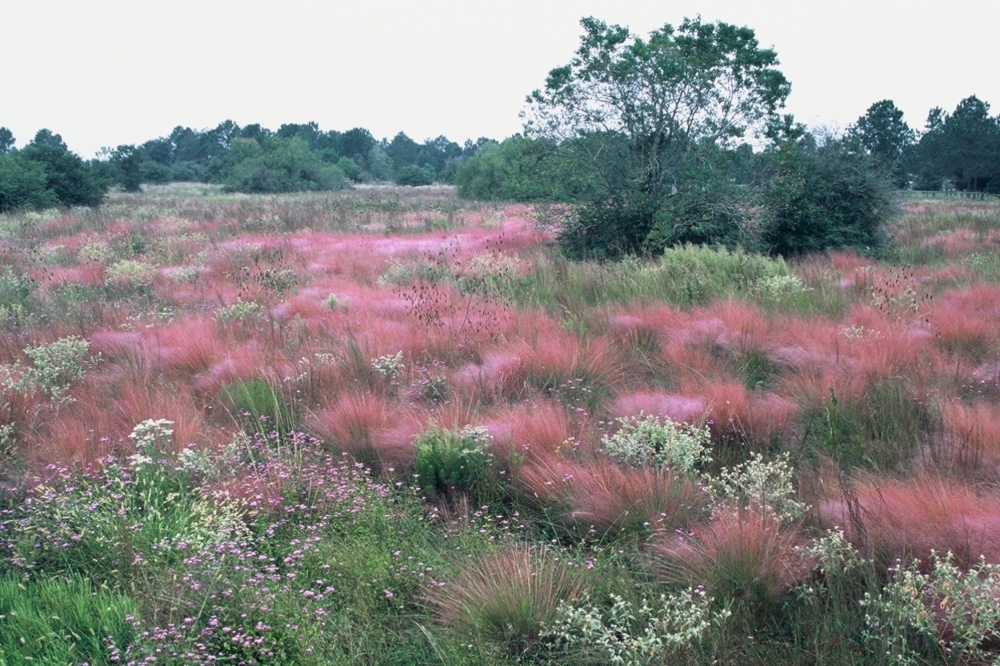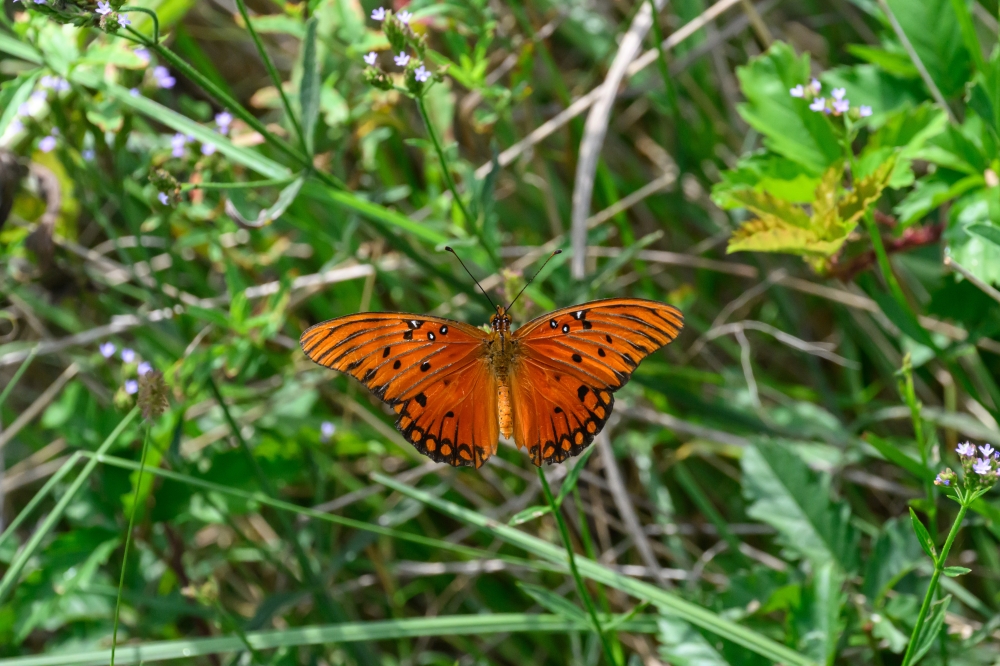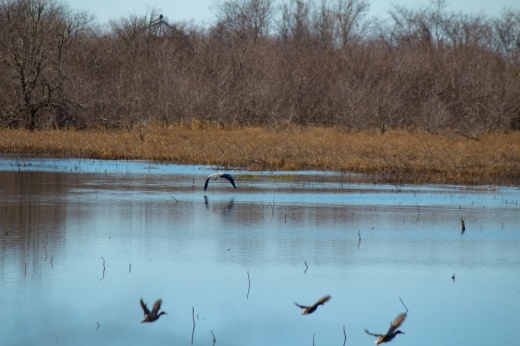In late December, the nonprofit land trust preserved 1,300 acres in Waller County through conservation easements with two landowners north of Katy, closing out the organization’s second-biggest preservation year to date, said Mary Anne Piacentini, president and CEO of the conservancy.
As development continues in the Katy area and land prices increase, organization officials said protecting the land surrounding the Katy Prairie Preserve remains critical to not only improving community wellness but mitigating flooding in the area.
“None of us are against development,” Piacentini said. “But we also understand there needs to be a real balance between the need to house people and to have people work here with the need that they have to get outside.”
The big picture
The Coastal Prairie Conservancy, founded in 1992 as the Katy Prairie Conservancy, aims to preserve coastal prairies, wetlands, farms and ranches across nine Houston-area counties, including Harris, Fort Bend and Waller counties.
One property the organization protects is the roughly 19,300-acre Katy Prairie Preserve, home to prairies, wetlands, and native plant and animal species. Piacentini said land conservation helps:
- Reduce flood risk
- Improve air and water quality
- Preserve wildlife habitats
- Increase property values through green space
- Attract nature tourism
Recent projects from the conservancy include expanding public access points, including at the Indiangrass Preserve’s field office north of Katy and the 11-acre Williams Prairie in the Fulshear area, Piacentini said.
The conservancy also plans to open the Blazing Star Prairie by 2026 on Morrison Road in Brookshire.
By the numbers
Through the Coastal Prairie Conservancy's efforts, the organization has preserved:
- 33,607 acres across the Houston area
- 19,330 acres in Katy Prairie Preserve
- 13,500 acres owned by conservancy
- 5,800 acres of easement on the Katy Prairie

The conservancy protects land through several means, including purchase, donation and conservation agreements. With the rising cost of land in the Katy area, conservation agreements where the landowner retains their property are becoming more common, Newman said.
“The ability that we have to raise the kind of cash to actually buy a piece of ground on the Katy Prairie anymore is pretty much gone,” he said.
Conservation easements, which limit development and maintain or restore natural amenities on private property, are a tool used by conservation groups and agricultural landowners statewide as development moves into rural areas, according to nonprofit Texas Agricultural Land Trust.
According to the Texas Land Conservancy, the property must meet at least one of the following criteria to qualify for a conservation easement:
- Protect a relatively natural habitat of fish, wildlife, plants or similar ecosystem
- Preserve certain open space, including farms and forests
- Preserve a historic land area or structure
- Preserve areas for outdoor recreation by, or the education of, the general public
In addition to maintaining land and wildlife resources, preserving prairies and restoring wetlands can help reduce flooding, Piacentini said.
One acre of prairie increases the infiltration capacity, or the rate water can enter soil, of undeveloped land by 3.52 inches in a 100-year flood event, according to a 2015 report from the Harris County Flood Control District studying the Cypress Creek Watershed, which includes areas north of FM 529.
Meanwhile, Texas officials adopted the state’s first statewide flood plan last fall, which recommended $31.69 billion for flood management solutions in the San Jacinto region, including nature-based solutions, green infrastructure and preservation.
Lawmakers are expected to consider the plan’s recommendations when drafting the state budget and other policies in the 89th Texas Legislature that began Jan. 14.
Zooming out
Last session in 2023, some lawmakers filed a bill and joint resolution to create the Texas Land and Water Conservation Fund to provide grants for public and private preservation, but it didn’t move forward, according to Texas Legislature Online.
Instead, lawmakers appropriated $1 billion to create the Texas Parks and Wildlife Department’s Centennial Parks Conservation Fund, said Jeff Miller, legislative strategist for the Texas Land Trust Council and principal with Old Stone Strategy, a lobbyist group.
The council aims to advocate for land trust organizations such as the Coastal Prairie Conservancy and increase funding for private conservation.
“That’s going to be an endowment the Texas Parks and Wildlife Department uses for years and decades to come," he said. "That, in and of itself, is a level of land conservation that we appreciate as the land trust council and those I work with on conservation efforts.”
This session, Miller said the Texas Land Trust Council hopes lawmakers will bolster funding for TPWD’s Texas Farm and Ranch Lands Conservation Program, allowing the state to provide more grants to land trusts for conservation easement agreements.

Landowners interested in inquiring about a voluntary conservation easement with the conservancy can contact the organization at [email protected].
According to the conservancy, the voluntary agreement between a landowner and a qualified land trust or conservation organization creates:
- Conservation requirements for the landowner that limit development and maintain or restore natural amenities
- Easement for the land trust group to access properties at least once a year





